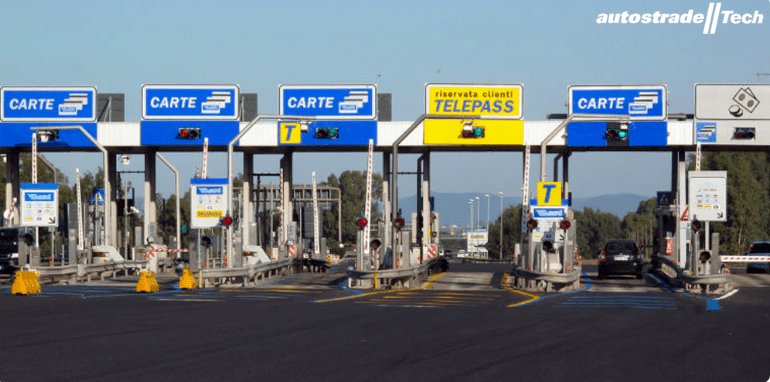
Rome, Nov. 27, 2020: A new digital system for civil infrastructure monitoring developed by Autostrade Tech, the technology-focused subsidiary of Autostrade per l’Italia Group, together with IBM and Fincantieri NexTech is now operational in Italy, marking a new phase in the field of road network security and infrastructure monitoring.
This is a very important stage for the digital strategic development of Autostrade per l’Italia as an integrated mobility manager. It represents a significant investment in the digitization of assets and procedures, sustainable mobility, management and the provisioning of innovative services for civil infrastructure, road networks and beyond.
The platform is in use today on 430 structures located on the two trunk roads of Cassino and Bari in Italy and is expected to be further extended by the end of the year to all 1,943 bridges and 2,000 overpasses across the Autostrade per l’Italia network. Over the course of 2021, these capabilities are expected to be extended to all bridges, overpasses, and to all 587 tunnels in the network throughout the country.
According to a press release by IBM, the new monitoring platform uses IBM artificial intelligence, drones, Internet of Things (IoT) and Fincantieri NexTech 3D digital modelling to deliver innovation in the surveillance and monitoring activities of the more than 4,500 structures managed by ASPI including bridges, viaducts, flyovers and tunnels, obtaining improved efficiency and transparency in these processes.
What’s more, this new collaboration between Autostrade Tech, IBM and Fincantieri NexTech is expected to be made available to the market both as a service and through on-premises models. The total investment for the new system is more than 60 million euros, provided by Autostrade per l’Italia.
The new system is intended to improve the process of conducting civil infrastructure inspections in a number of core ways. Civil engineers will be able to carry out inspections on the condition of each structure and access key information in the field via a mobile device that is updated in near real time, including calculations and drawings of the original project and subsequent interventions; scheduled checks and maintenance; investigations and tests on materials; and the results and details of previous inspections.
This information is maintained in a digital repository, which collects information classified by type and can be consulted through an app for adequate usability in the field. Through the same mobile device, the inspector can include details and photos from an inspection, making them immediately available to the rest of organization.
The new software also traces and manages the various steps necessary for the care of each structure, from conducting inspections, to the planning and implementation of maintenance or activities according to the priority criteria developed with the Ministry of Infrastructure and Transportation. The system also introduces Fincantieri NexTech advanced technologies never used before on Italian road networks, i.e. the ability to analyse a structure through three-dimensional “digital twins.” These digital twins reproduce a structure’s features through the use of drones equipped with topographic laser-scanners and high-resolution cameras, which can then be analysed by AI to assist in the detection of imperfections. This visual defect detection model was specifically developed to support technicians in the recognition and classification of defects and in the planning of maintenance activities.
The technologies put in place will also allow experimentation at a scientific level, which will further the development of new models, algorithms and parameters for infrastructure security.
To support this ongoing effort, Autostrade Tech has set up a Technical-Scientific Committee, with the participation of the Polytechnic Universities of Trento, Turin, Rome, Naples and Milan, with the task of coordinating these experimental activities, and defining new operational procedures that will be later agreed upon with the Ministry of Italian Transportation. The first research project will be dedicated to the use of modern sensors in monitoring of infrastructure’s behaviour under certain conditions.
Image credit: Autostrade Tech
